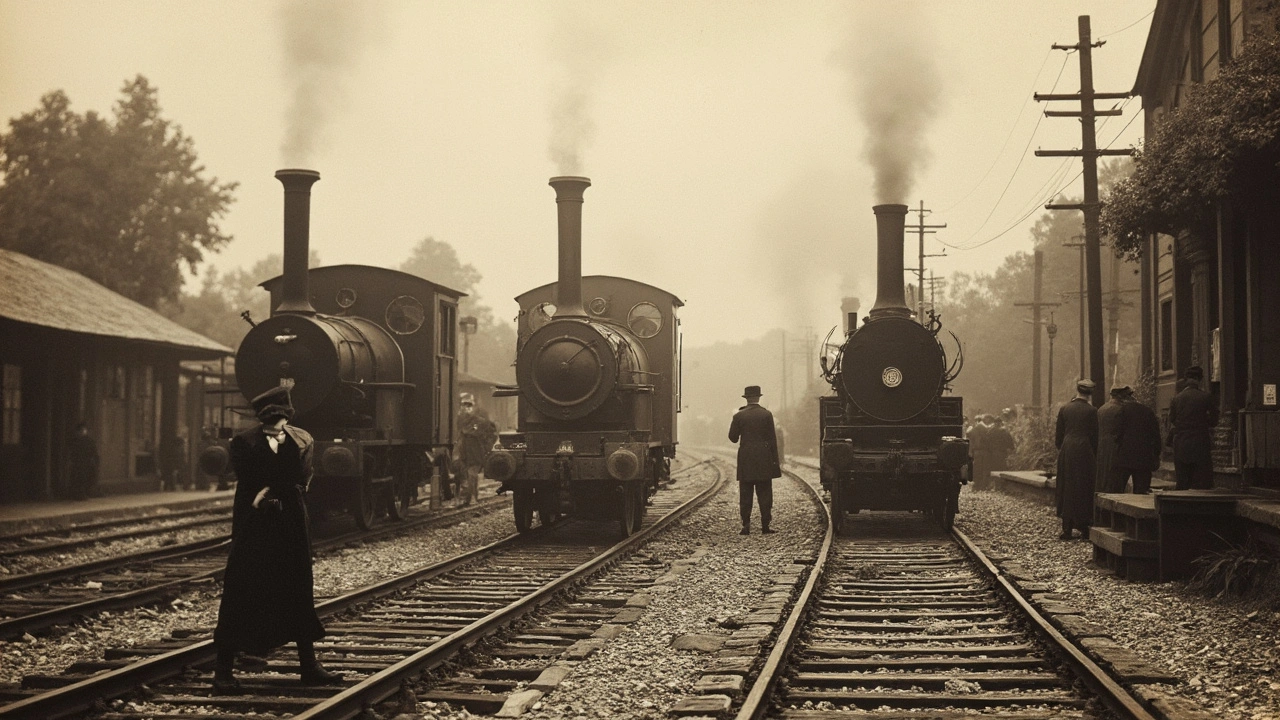Understanding Train Systems: The Basics and Benefits
Train systems are more than just rails and wheels. They rely heavily on the track designs that keep trains running smoothly and safely. One interesting approach gaining attention is the ladder track system. Unlike traditional rail tracks, ladder tracks use longitudinal beams connected transversely, offering stronger stability and easier maintenance.
This isn’t a brand-new concept; ladder tracks trace back to 19th-century British railways. However, modern upgrades, like the Tubular Modular Track, have revived interest by improving durability and adapting to different environments — from urban hubs to deserts. The design also lessens roadbed pressure, making it gentler on the ground beneath.
Why Ladder Tracks Matter Today
If you’re wondering why ladder tracks are making a comeback, it’s because they address some common rail challenges. Standard tracks can suffer from vibration and noise issues, plus they often demand more upkeep. Ladder tracks cut through many of these problems by offering a stable ride and requiring less frequent repair.
Look at South Africa’s Gautrain project as an example. By using advanced ladder track systems, the project ensured efficient installation and long-term reliability. And it’s not just about performance; ladder tracks simplify maintenance routines, saving money and downtime.
What the Future Holds for Train Systems
Modern railway projects aren’t just building on old ideas; they are pushing towards smart, adaptable solutions. Innovations in ladder track technology promise to make trains faster, quieter, and more energy-efficient. Countries struggling with tough climates or space constraints find these systems ideal.
In short, train systems' evolution is about mixing time-tested methods with smart engineering. Whether you’re a rail enthusiast or just curious about how trains stay on track, understanding these innovations shows how railways are preparing for the future—making travel smoother, safer, and more sustainable.
Ladder track is a railway track design that uses longitudinal supports connected by transverse beams to keep the rails correctly spaced. Originating in early British railways, it was largely replaced by sleeper tracks by 1860 due to certain limitations. Today, ladder tracks are experiencing a revival thanks to modern advancements that increase stability, lower noise, and reduce maintenance, particularly in specialized areas like mining and urban transit systems.


 Sports
Sports